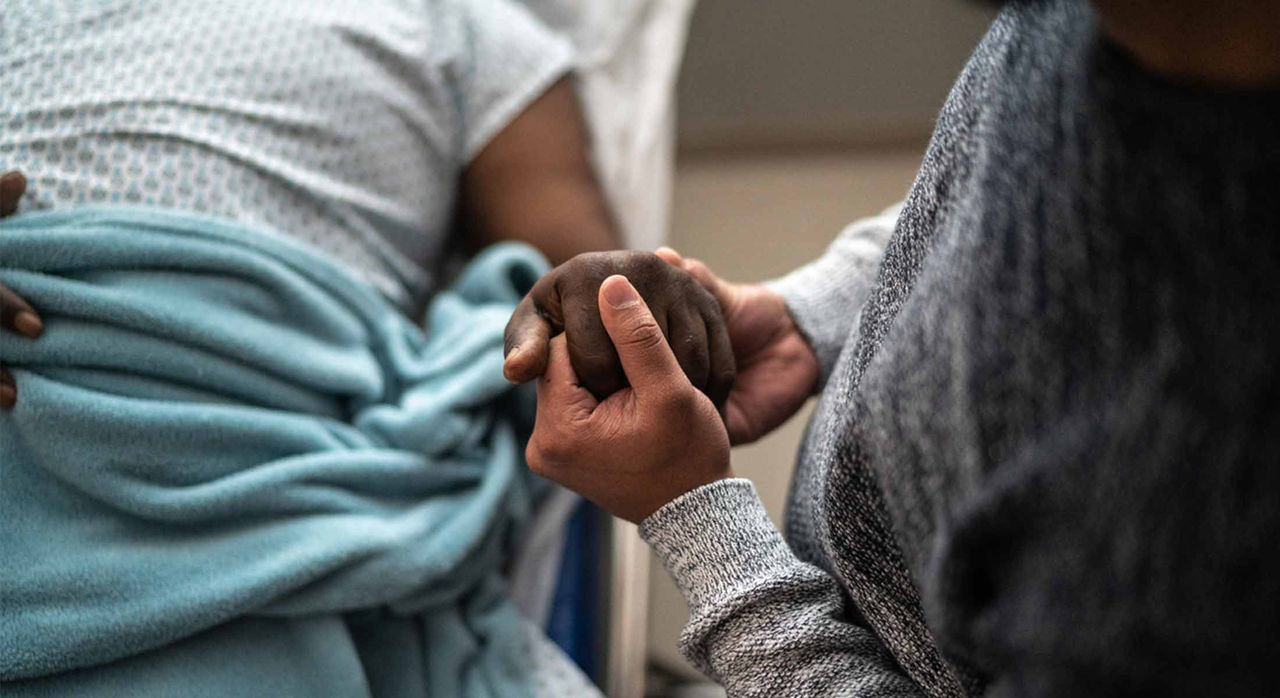-
- Find Care
-
- Visitor Information
- Find a Location
- Shuttles
- Visitor Policies
-
-
- Our Virtual Care Options
- Virtual Urgent Care
- Virtual Visits for Primary & Specialty Care
- Online Second Opinions
- Participate in Research
-
- Contact us
-
- For Innovators
- Commercialization Guide for Innovators
-
-
- Research News
- Alzheimer's Disease
- Artificial Intelligence
-
- Overview
-
- Overview
- Getting Started
- New to Mass General Brigham
- International Patient Services
- What Is Patient Gateway?
- Planning Your Visit
- Find a Doctor (opens link in new tab)
- Appointments
- Patient Resources
- Health & Wellness
- Flu, COVID-19, & RSV
- Billing & Insurance
- Financial Assistance
- Medicare and MassHealth ACOs
- Participate in Research
- Educational Resources
- Visitor Information
- Find a Location
- Shuttles
- Visitor Policies
- Find Care
-
- Overview
- Our Virtual Care Options
- Virtual Urgent Care
- Virtual Visits for Primary & Specialty Care
- Online Second Opinions
-
- Overview
- Participate in Research
-
- Overview
- About Innovation
- About
- Team
- News
- For Industry
- Venture Capital and Investments
- World Medical Innovation Forum (opens link in new tab)
- Featured Licensing Opportunities
- For Innovators
- Commercialization Guide for Innovators
- Contact us
-
- Overview
- Information for Researchers
- Compliance Office
- Research Cores
- Clinical Trials
- Advisory Services
- Featured Research
- Two Centuries of Breakthroughs
- Advances in Motion (opens link in new tab)
- Brigham on a Mission (opens link in new tab)
- Gene and Cell Therapy Institute
- Research News
- Alzheimer's Disease
- Artificial Intelligence
-
- Overview
-
- Overview
- Residency & fellowship programs
- Brigham and Women's Hospital
- Massachusetts General Hospital
- Mass Eye and Ear
- Newton-Wellesley Hospital
- Salem Hospital
- Integrated Mass General Brigham Programs
- Centers of Expertise
- Global & Community Health
- Health Policy & Management
- Healthcare Quality & Patient Safey
- Medical Education
- For trainees
- Prospective trainees
- Incoming trainees
- Current trainees
- Continuing Professional Development
How Can Organ Donation Save Lives?

The first successful human organ transplant, a living donor kidney transplant, took place at Brigham and Women’s Hospital in 1954. Groundbreaking changes in medical care and technology over the past 70 years have transformed the way we treat organ donors and recipients alike.
Today, living organ donation is the safest it’s ever been. But the hope, love, and trust it takes to share an organ are just as powerful as ever.
Leigh Anne Dageforde, MD, MPH, is a Mass General Brigham transplant surgeon who cares for patients at the Massachusetts General Hospital Transplant Center. Through her research, she aims to improve access to organ donation for all patients. Below, she answers common questions about living organ donation and dispels myths about this lifesaving practice.
What is organ donation?
Organ donation is the process of giving one person’s healthy organs and tissues to another person who needs them. “It’s a recognition that donors have an opportunity to save a life,” says Dr. Dageforde.
In living organ donation, a person donates a kidney or a piece of their liver to a patient in need of a transplant. It’s a lifesaving act that can reduce the amount of time it takes for a patient to receive a kidney or a liver. Living donors often donate to loved ones in need, but some living donors generously donate to someone they do not know on the waitlist.
“Often, the living donor is donating to a family member or friend. But we also have living donors who donate to an acquaintance, somebody they met on social media, or someone in their community who needs an organ,” says Dr. Dageforde.
How does organ donation work for living donors?
Living donation begins with an evaluation: A team screens potential donors to ensure they are qualified to donate an organ. If donors have a specific recipient in mind, this is the point where a medical team can determine whether they are a match for that person.
After the transplant team screens, tests, and clears a donor, it’s time for transplant surgery. In most cases, donors can return to their day-to-day activities in 4 weeks or less—though some may have to wait longer if their jobs or passions are physically demanding. The recovery is different for liver or kidney donors, who may return to daily activities in just a week or less.
What are the most common myths about organ donation?
There are many common misunderstandings about living organ donation. If you’re considering becoming a donor, it’s important that you know what’s true and what’s not. The truth may help you make a decision that feels right for you.
Myth: I must be a direct match to my recipient.
One common myth that prevents potential live kidney donations is the idea that you must be a direct match to your intended recipient.
“A lot of times, people think they have to be a blood relative of their recipient, and/or have the same blood type,” says Dr. Dageforde. “That used to be true, but now we have an option: paired exchange programs.”
Fact: Paired donation helps recipients and donors share organs that match.
Paired exchange programs enter a mismatched kidney recipient and kidney donor into a nationwide pool with others like them. Then, when matches are identified, they can cross-donate: Donor A can give to Recipient B, and Donor B can give to Recipient A.
“There’s even an opportunity to have chain started with a non-designated donor instead of just doing a swap,” Dr. Dageforde adds. “In this way, multiple people who weren’t matches are able to get transplants. It’s a wonderful experience.”
Myth: My life is going to change after I donate.
If you’re curious about living donation, you might have questions about what comes after. Will donation affect the way you live? Can you enjoy life the same way after donating a piece of your lung?
Fact: Organ donors lead healthy, normal lives.
“People worry that they’re going to have to change their life after they donate a kidney, but there’s very little change,” says Dr. Dageforde. “The only thing we really recommend is not using medications such as ibuprofen or naproxen after a donation. Otherwise, a donor can eat how they want, exercise as they wish, and continue to live their life as they did before donation. Last year, there was a whole group of kidney donors that climbed Mount Kilimanjaro.”
Myth: My body will need the organ I donated.
Some potential donors fear a future where they may need an organ donation themselves. For example, a kidney donor may worry about their sole kidney’s ability to function through the rest of their life.
Fact: The risk of needing to replace a donated organ is low.
While there is always some risk with donation, as Dr. Dageforde explains, it’s quite small. “We really do a thorough work-up for living donors beforehand because we want to do as little harm as possible. If they do end up having an accident or develop chronic kidney disease and need a kidney, they go straight to the top tier of the deceased donor list, meaning they bypass a 6- to 9-year wait.”
What inequities exist in organ transplant?
Systemic racism and barriers to treatment have long existed throughout health care, and transplant is no exception. But the Mass General Transplant Center is making clinical care more equitable .
“For kidney transplant, there was a calculation of eGFR (estimated glomerular filtration rate), which helped doctors understand how well your kidneys are working,” explains Dr. Dageforde. Your GFR is one factor that determines your eligibility for the kidney transplant list.
“One of the formulas for eGFR included a race component,” she continues. “So, a Black patient and a white patient could have the exact same numbers, but their eGFRs could differ. The white patient could get on the transplant list first.”
Dr. Dageforde adds, “Mass General was one of the early hospitals to take eGFR out of the calculation. Subsequently, there’s been a huge national call for that.”
The Living Donor Program also builds equity through its work in local communities. “Through our Equity in Kidney Transplantation Initiative, we’re really trying to work towards more equity in transplantation,” says Dr. Dageforde. “So, we have Spanish-speaking coordinators and nephrologists bringing care directly to the community. We’ve treated several pairs of Hispanic patients.”
Why is organ donation important?
Right now, there are around 104,000 people on the national transplant waiting list. Living organ donation offers these patients a chance for a quality life.
Mass General Brigham and the Living Donor Program at Mass General offer ground-breaking care. The Mass General Transplant Center has one of the largest, most active, and most experienced living kidney and liver donation programs in the region.
“We’re a very busy living donor kidney center—which is good. You want people who do this work often,” says Dr. Dageforde. “We have an amazing team of wonderful people who work hard to not only ensure donor safety, but to be supportive in the process. And we’re doing kidney donations with robot-assisted technology.”
The decision to become an organ donor is never easy, and it’s not something everyone can do. Those who can donate share a beautiful gift that touches and transforms lives beyond their recipients.
“Organ donors are really heroes,” says Dr. Dageforde. “It’s a beautiful part of my job to be part of their stories.”
